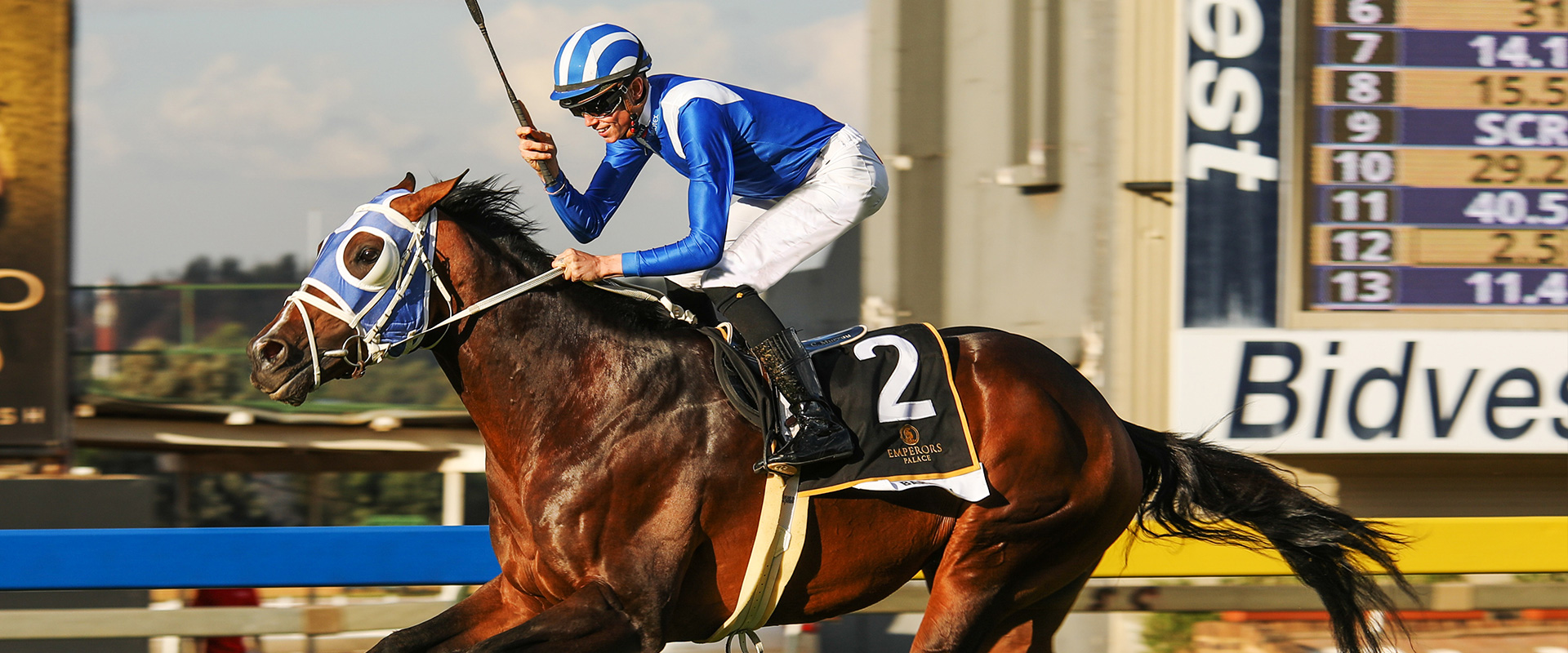When looking at your horses diet it is extremely important to ensure that your horse is fed the correct portion of food by weight, not by volume.
Failing to establish the correct weight of the portion being fed can lead to considerable over- or underfeeding of your horse especially when changing to a new concentrate. Overfeeding can lead to the horse becoming obese which will take time to rectify but, more seriously, it can also cause severe colic. Underfeeding, especially performance horses, might lead to lack of energy or poor performance.
While this can be rectified fairly quickly in healthy horses by ensuring the correct quantities are fed, often time is lost because the reason for weight loss or low energy levels is often sought elsewhere first, for example, if the wrong amounts are fed when changing to a new feed, often the new feed is thought unsuitable for the horse when in fact its just the kg that are incorrect. Always start off by checking that your horse is being fed the right amount by weight.
All feeds have different densities and thus do not weigh the same. Feeding instructions are also always given as a percentage of body mass, therefore it is very important to establish exactly what weight (kg) your scoop holds of the specific product you are feeding.
The table below illustrates just how easily the incorrect amount can be fed especially in a stable yard where more than one product is used:
A CONTAINER HOLDING 5 LITRES OF WATER WILL HOLD APPROXIMATELY:
1.5 kg Equus Cool ‘n Perform or Safe ‘n Lite.
3.0 kg of a typical pelleted horse Cube.
2.9 kg of crushed maize.
1.6 kg of wheaten bran.
0.6 kg of a milled lucerne.
6.5 kg of molasses syrup.
This clearly demonstrates how easily one can either over- or underfeed by considerable margins. This does not mean one cannot use the 5 litre bucket method to feed your horses. Simply weigh out the appropriate amount of concentrate and mark the bucket with a permanent marker so you know up to where to fill it each time. This technique allows one to standardise the amount of concentrate being fed. However if possible it is always advisable to weigh out each of your horses meals with a scale.
This further explains why the person responsible for feeding at a yard might be surprised if you changed from a pelleted product, for example, to a muesli style product. Judging by the volume of the product, it may appear that the new feed is being fed at nearly twice the rate of the previous one, but judging by weight shows clearly that this is not the case.
Products in the Equus range provide adequate fibre to help keep the ingested concentrate portion moving along the digestive tract normally. Our meal style concentrates are specifically designed to contain lots of highly digestible fibre, and are therefore very voluminous so horses will take much longer to finish their allocated portions, which is exactly what is required as this stimulates saliva production, which further promotes gastric health. It has been shown that it is hugely advantageous to slow down the tempo of intake of the concentrated feed. The longer a horse chews, the closer he is to natural grazing behaviour.




